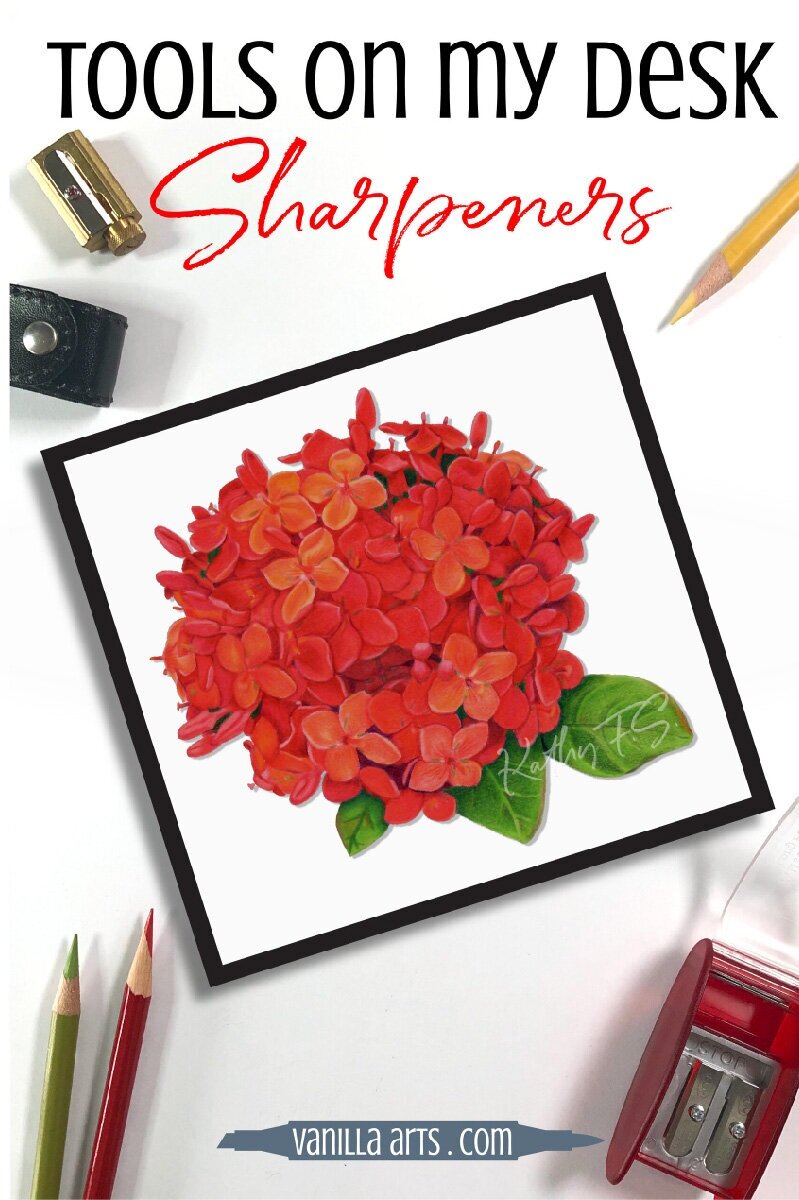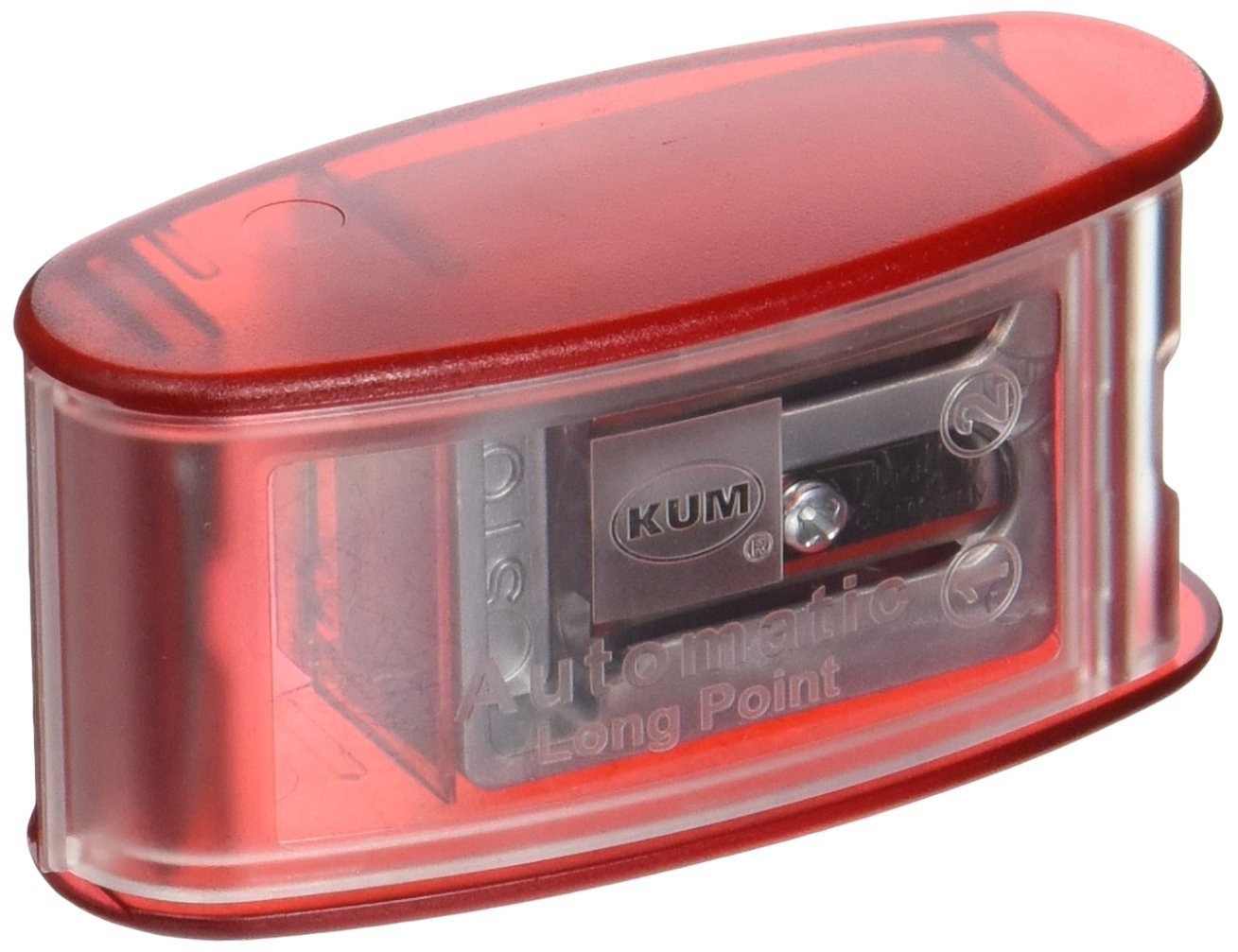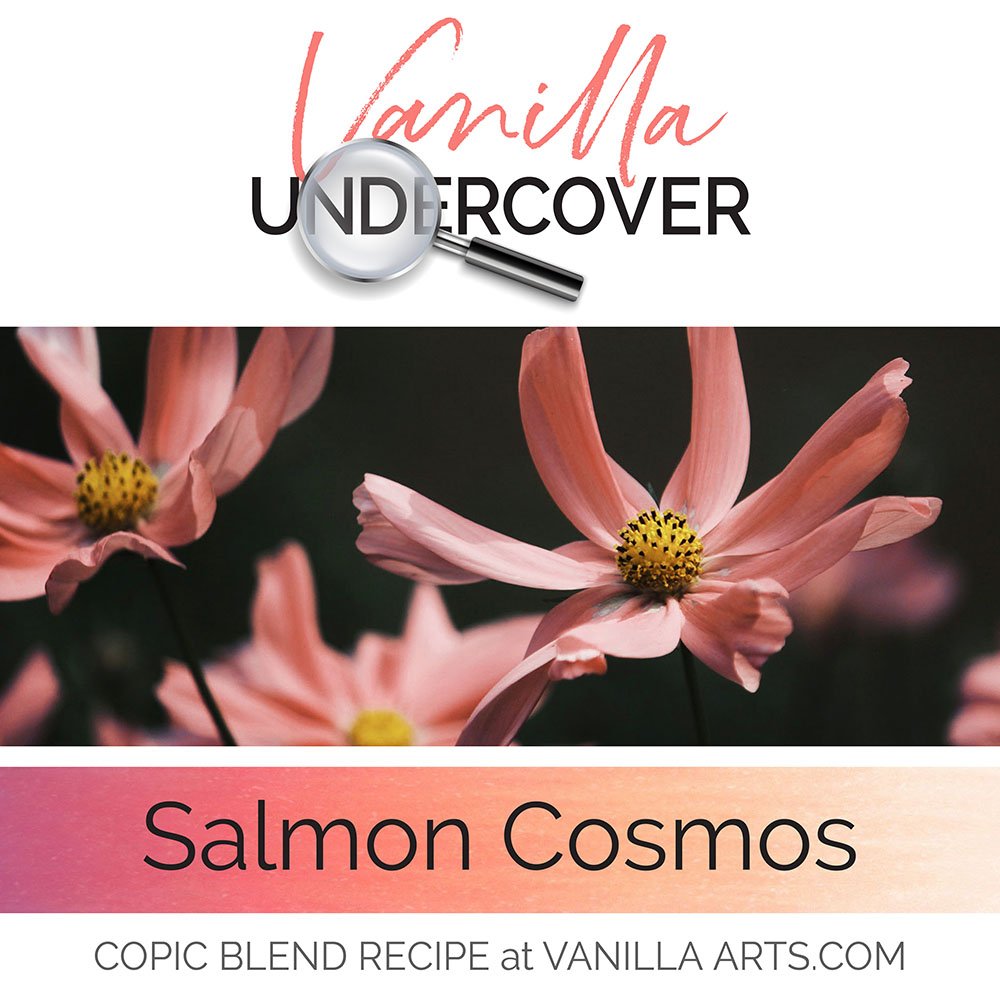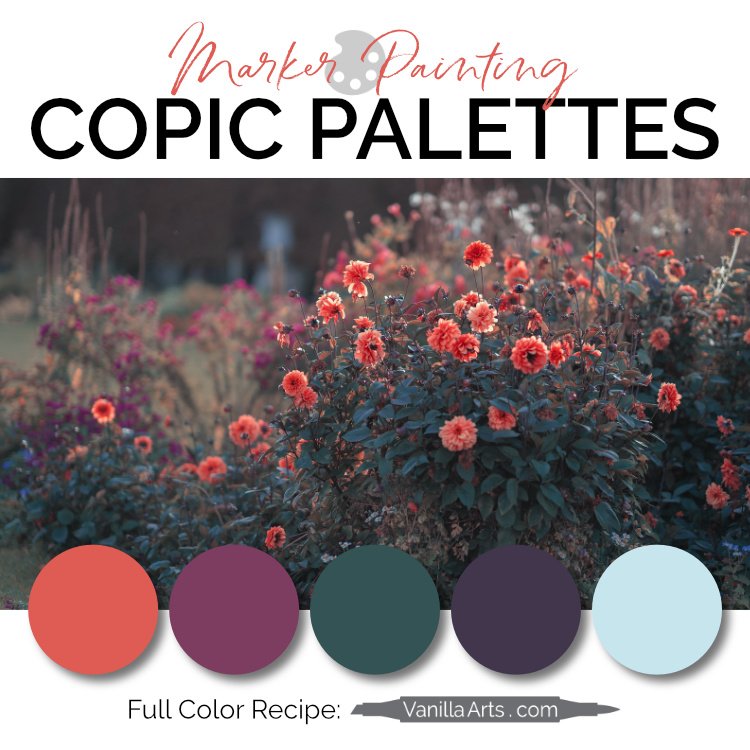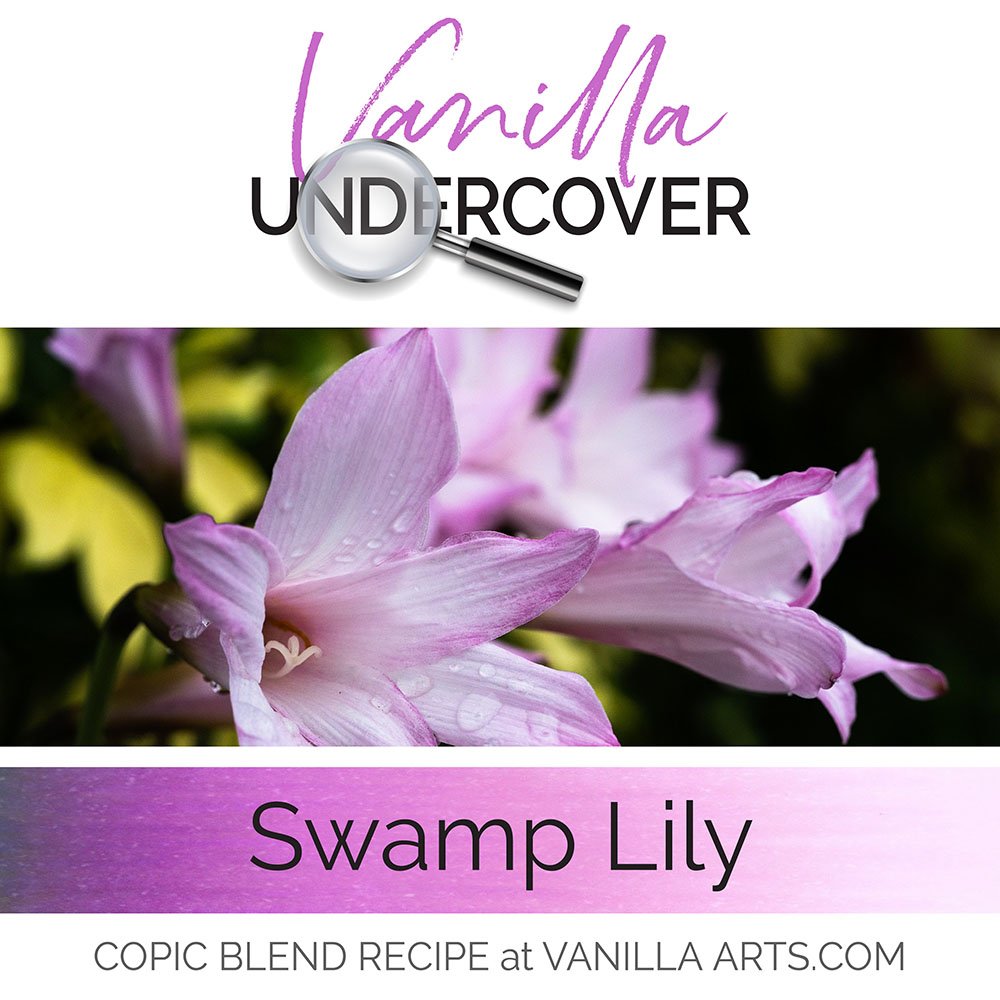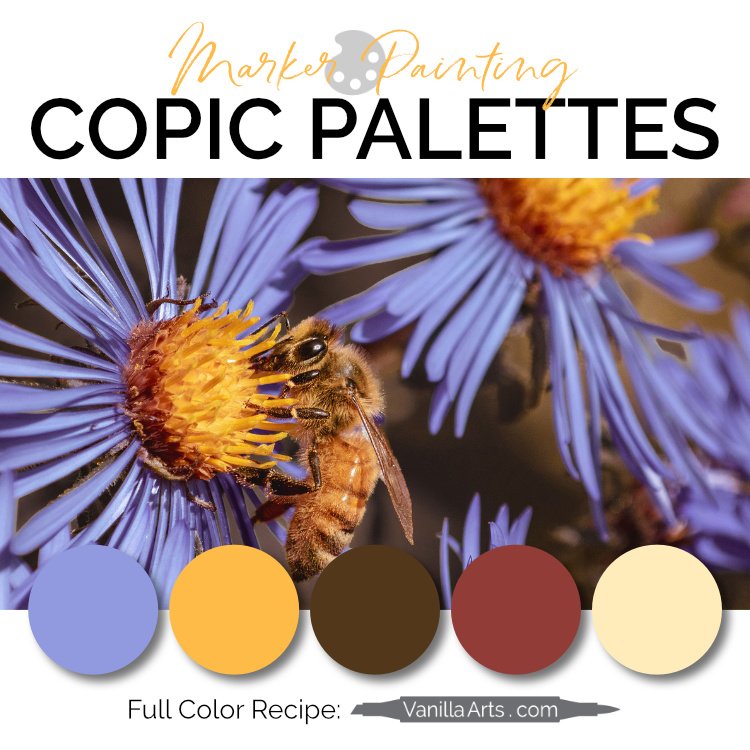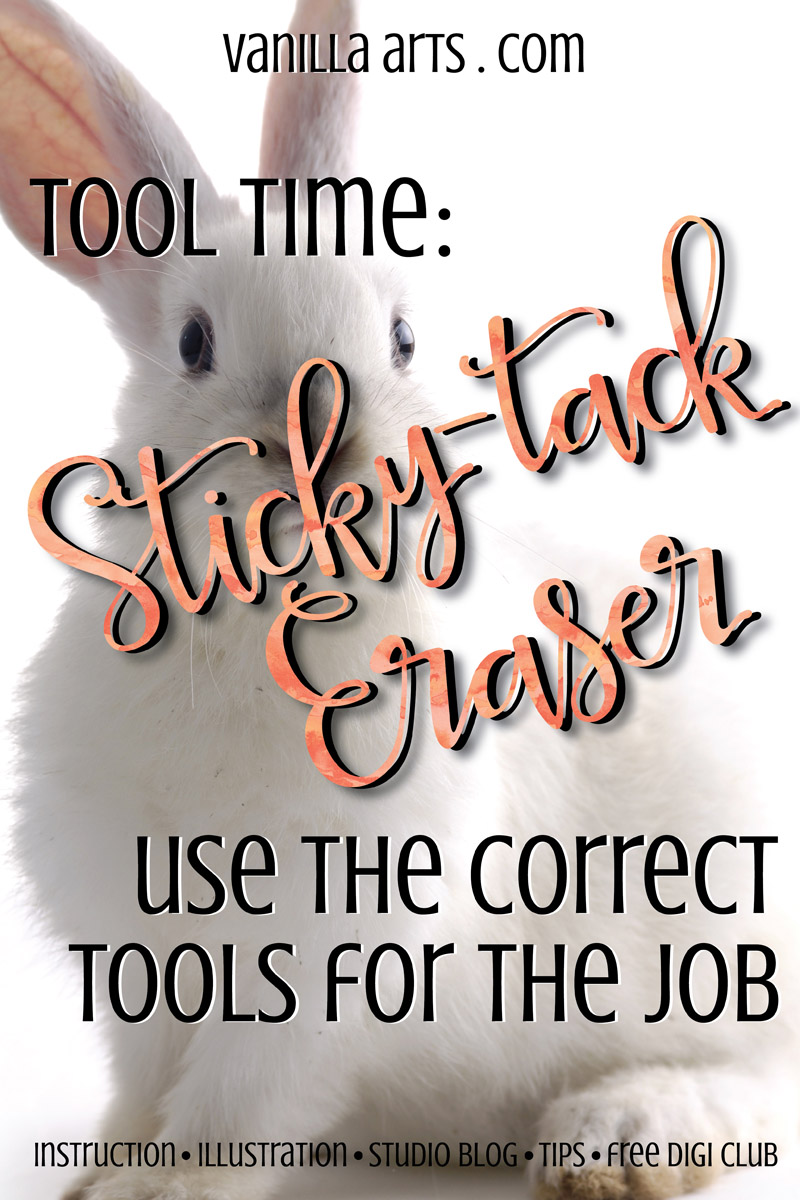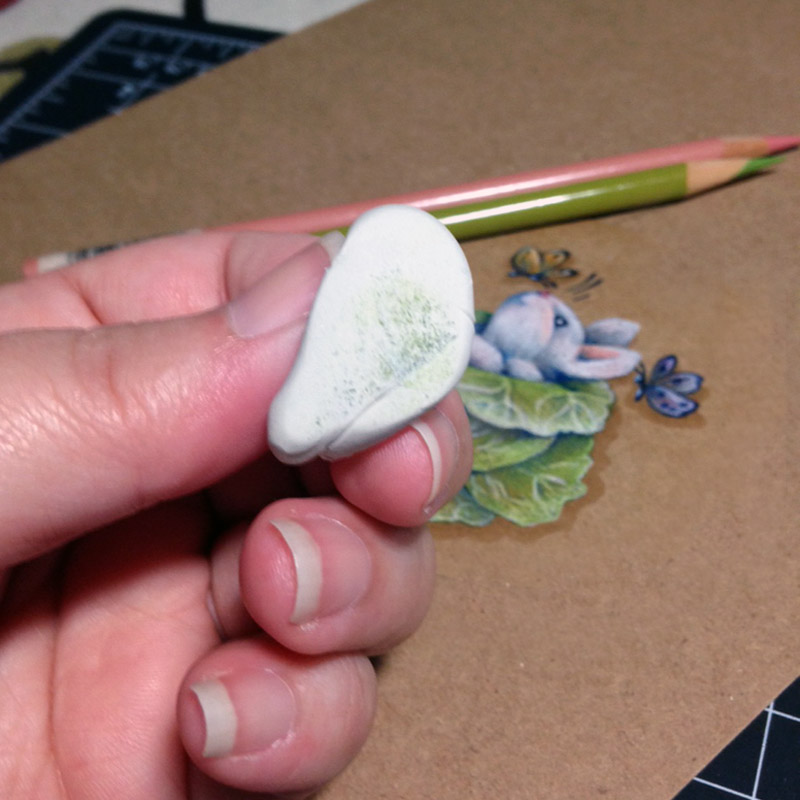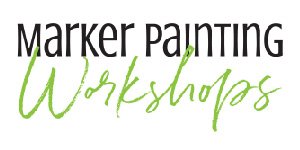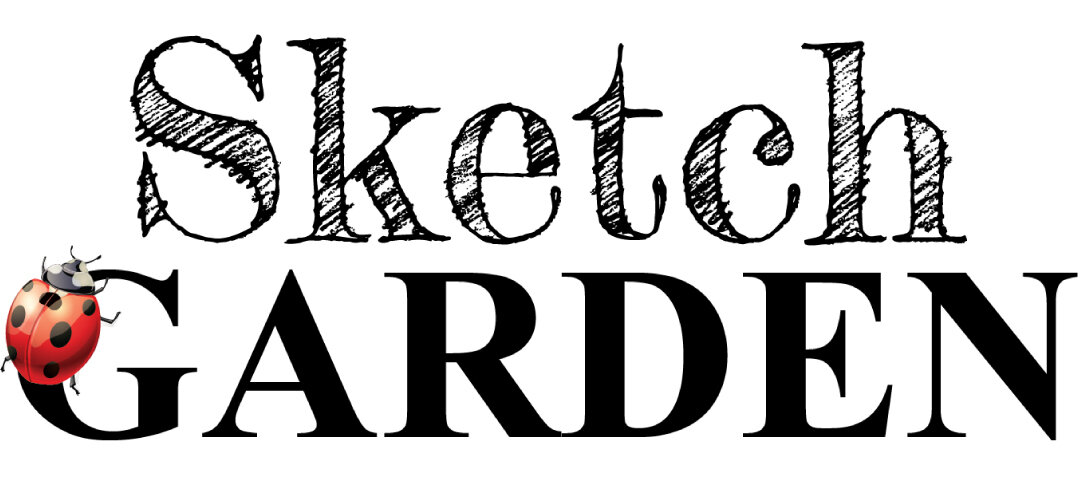Make a wish!
People frequently ask for a class on clothing. Here you go!
Celebration Cupcake
Learn the universally adaptable technique for coloring folds and waves.
Soft fluffy frosting and tasty cake, perfect for any birthday celebration. We’re coloring gentle waves of frosting and crisply folded pleats but you can use it on skirts, shirts, curtains, or anything else with folds.
Real time coloring, recorded live
Live Workshops are unscripted demonstrations which provide students with a real look into the authentic coloring process. You’ll see mistakes being made and corrected. It’s just like visiting Amy in her home studio.
Log in and color with Amy at your convenience. Anytime access, no expiration dates. Class was recorded in March 2021 and featured a live student audience. Amy answers questions from the students and offers many tips for better colored pencil art.
Class Kit includes: digital stamp, photo references, supply list, value reference, color map, plus helpful tips and work-in-progress photos




















